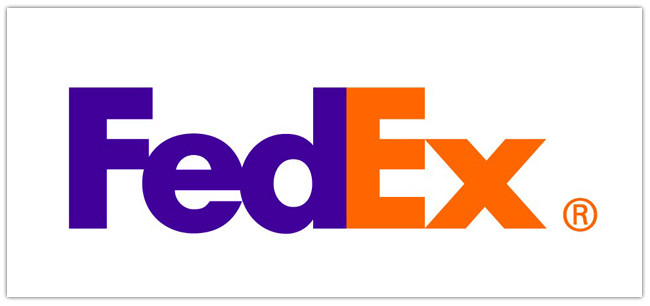by Erik L. Knutzen, CFA, CAIA, Chief Investment Officer—Multi-Asset & Niall O’Sullivan, Chief Investment Officer—Multi-Asset Strategies, EMEA, Neuberger Berman
With cash rates priced to decline substantially, we think it is time to deploy liquidity, locking in bond yields and seeking out value in the equity market.
Many investors remain overweight cash, but markets have begun to price for a substantial decline in short-term interest rates. The Asset Allocation Committee (the “AAC”) therefore thinks it is time to deploy liquidity, locking in bond yields before they, too, are dragged down, and seeking out value in equities and other markets. A redeployment of cash and declining rates could sustain current market momentum, but slowing growth makes us cautious where valuations are full: we favor laggards that have priced for a hard landing, such as smaller company stocks in the U.S. and commodities. The latter can also hedge against inflation spikes, a China growth surprise and geopolitical shocks.
Is Cash Still King?
While the current U.S. cash rate is high, the estimated two-year total return on cash has fallen below that of the two-year Treasury bond
Source: Refinitiv, Neuberger Berman. Data as of December 14, 2023. Total return on cash estimated based on rolling into the new three-month cash rate, as projected by the forward rates market, for two years. Total return on the two-year Treasury bond estimated based on reinvested coupons and capital appreciation, assuming the bond yield converges steadily and meets the projected three-month cash rate at maturity.
Equity
- The AAC has retained its neutral overall view on equities, while upgrading its view on U.S. small and medium-sized companies to overweight.
- Our caution on earnings growth and valuations in U.S. large caps is balanced by the potential for easing monetary policy and investor cash deployment to sustain current momentum; hard-landing valuations in small caps could lead to some catch up as investors rotate from leaders to laggards.
- The AAC remains neutral on non-U.S. markets: a favorable view of Japan (where attractive valuations combine with a return to sustained growth and inflation) balances caution on Europe (where growth is stalling); and a favorable view on India and other Asian markets balances a cautious view on China.
Fixed Income
- The AAC downgraded its view on cash by two notches, from overweight to underweight, and upgraded its view on non-U.S. developed markets to neutral.
- Markets are pricing for rapid and substantial rate cuts in 2024: the return on cash appears set to decline, and locking in yields further out on the curve looks increasingly attractive to us.
- The AAC continues to prefer U.S. investment-grade bonds over high yield and non-U.S. exposures: we think yields compensate for the economic risks of 2024, but credit spreads are beginning to look tight.
Real and Alternative Assets
- The AAC upgraded its view on commodities to overweight and downgraded its view on hedged strategies to neutral.
- Commodities, especially industrial metals, are pricing for a hard landing: we find valuations attractive as manufacturing recessions appear to be bottoming-out and supply remains tight; commodities can also hedge against inflation spikes, a China growth surprise and geopolitical shocks.
- The AAC retains its neutral view on private real estate, but sees value in value add and opportunistic segments and in Real Estate Investment Trusts, where prices are down heavily and may already be bottoming out.
- The AAC maintains its longstanding view that there are outsized rewards available for liquidity provision in private markets, especially via private equity secondaries and co-investments, which could be a destination for some of the investor cash currently on the sidelines.
Market Views: Based on 12-Month Outlook for Each Asset Class
As of 1Q 2024. Views shown reflect near-term tactical asset allocation views and are based on a hypothetical reference portfolio. Views on private market assets reflect the Asset Allocation Committee’s views on the future return potential of new cash commitments, not the future return potential of existing investments. Nothing herein constitutes a recommendation, investment advice or a suggestion to engage in or refrain from any investment-related course of action. See disclosures at the end of this publication, which include additional information regarding the Asset Allocation Committee and the views expressed.
About the Asset Allocation Committee
Neuberger Berman’s Asset Allocation Committee meets every quarter to poll its members on their outlook for the next 12 months on each of the asset classes noted and, through debate and discussion, to refine our market outlook. The panel covers the gamut of investments and markets, bringing together diverse industry knowledge, with an average of 30 years of experience.
Copyright © Neuberger Berman

















